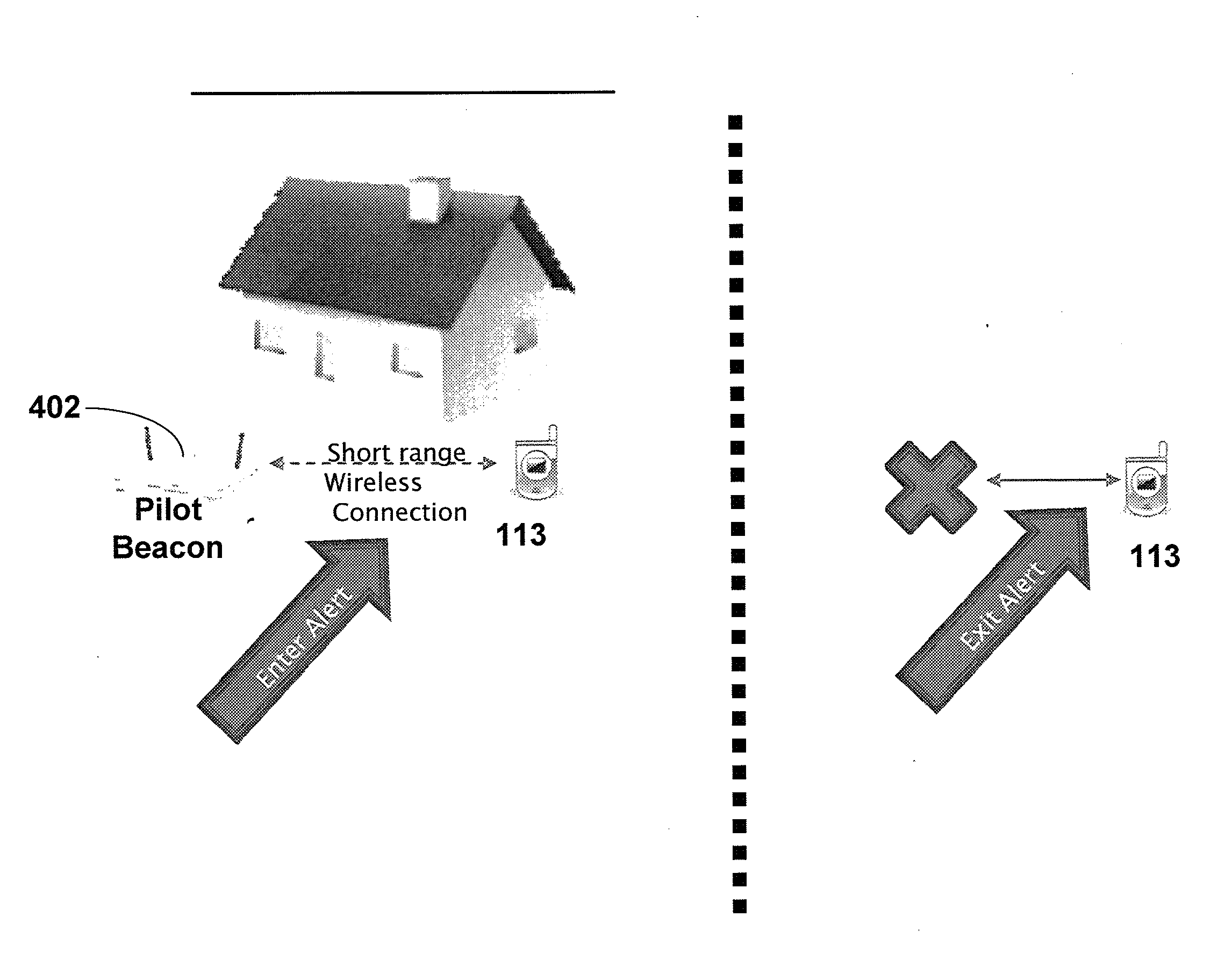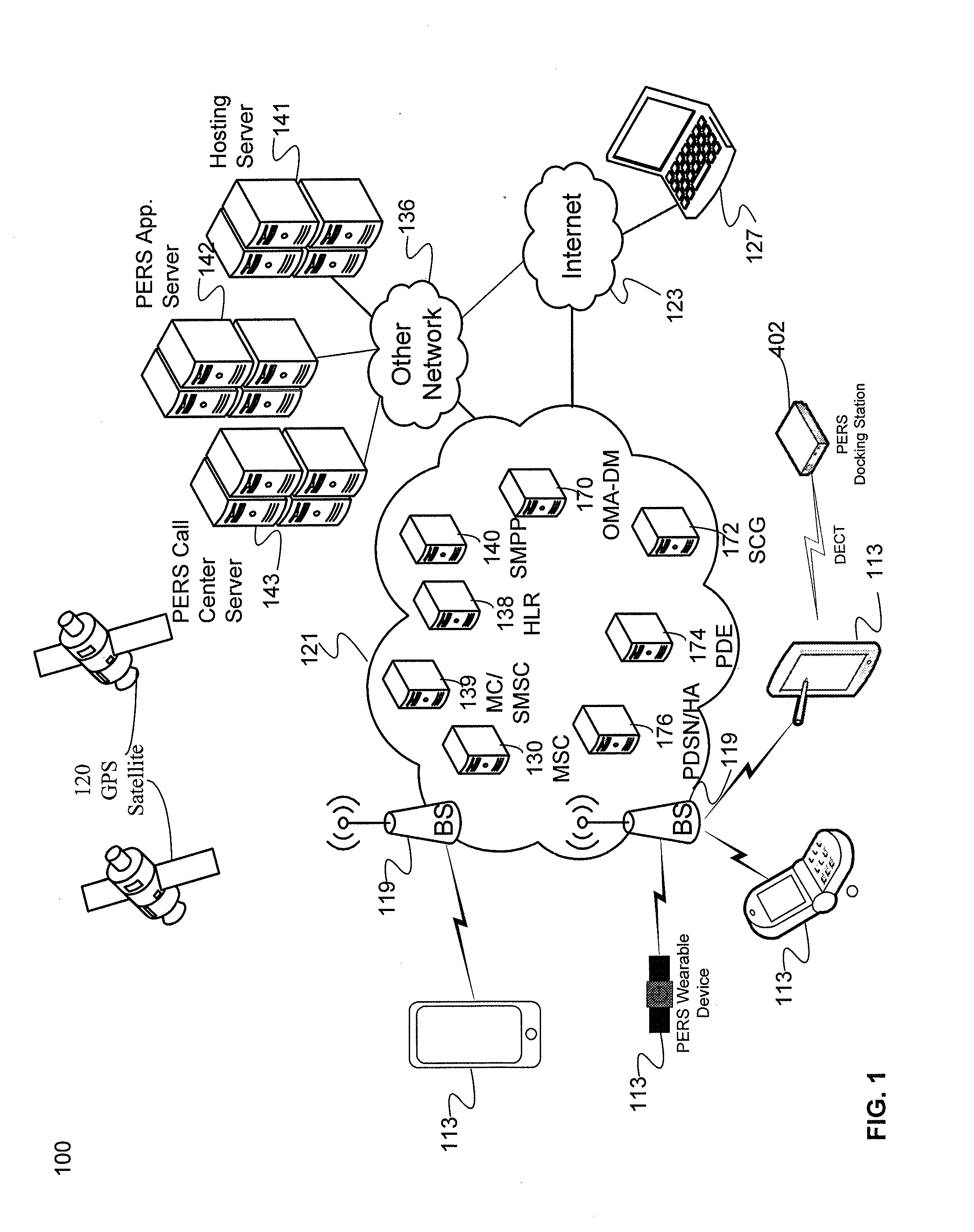Method and system for adaptive location determination for mobile device
a mobile device and location determination technology, applied in the field of mobile device location determination methods and systems, can solve problems such as inability to fix a position, multipath propagation of signals, and inability to function effectively,
- Summary
- Abstract
- Description
- Claims
- Application Information
AI Technical Summary
Benefits of technology
Problems solved by technology
Method used
Image
Examples
Embodiment Construction
[0019]In the following detailed description, numerous specific details are set forth by way of examples in order to provide a thorough understanding of the relevant teachings. However, it should be apparent to those skilled in the art that the present teachings may be practiced without such details. In other instances, well known methods, procedures, components, and / or circuitry have been described at a relatively high-level, without detail, in order to avoid unnecessarily obscuring aspects of the present teachings.
[0020]The various examples disclosed herein relate to quickly determining and / or tracking the location of a mobile device. The examples described herein, quickly determine a coarse location of the device. In response to an emergency, the coarse location may be sufficient to guide emergency personnel to the area. The location estimate may be further refined after the initial coarse location has been provided to give better guidance to the emergency personnel as they approa...
PUM
 Login to View More
Login to View More Abstract
Description
Claims
Application Information
 Login to View More
Login to View More - R&D
- Intellectual Property
- Life Sciences
- Materials
- Tech Scout
- Unparalleled Data Quality
- Higher Quality Content
- 60% Fewer Hallucinations
Browse by: Latest US Patents, China's latest patents, Technical Efficacy Thesaurus, Application Domain, Technology Topic, Popular Technical Reports.
© 2025 PatSnap. All rights reserved.Legal|Privacy policy|Modern Slavery Act Transparency Statement|Sitemap|About US| Contact US: help@patsnap.com



